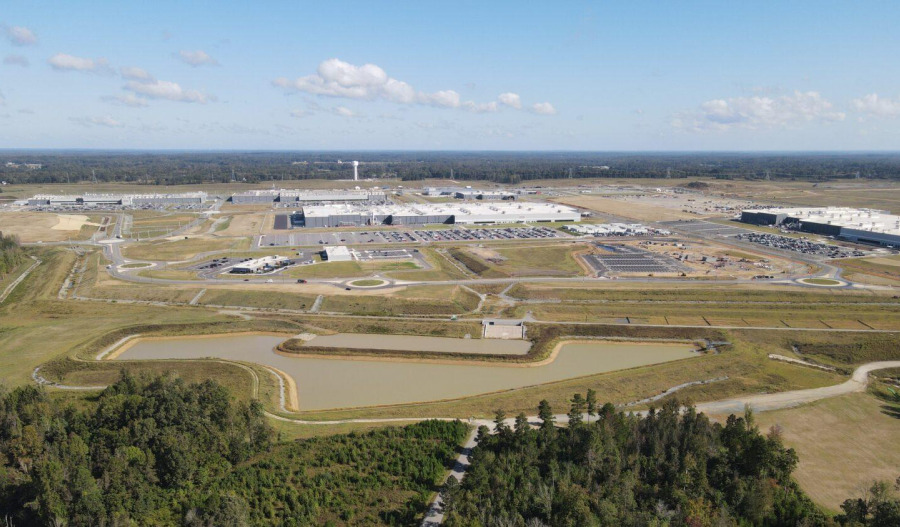United States stock futures were mostly lower on Wednesday night (Thursday AEDT) after the Dow Jones Industrial Average surged to another record close amid a continued rotation out of technology shares and into value-oriented sectors.
By 10:30 am AEDT (11:30 pm GMT), Dow futures were flat, while S&P 500 and Nasdaq 100 futures slipped 0.2% and 0.3%, respectively.
Wednesday’s U.S. session once again highlighted the divergence between the major indexes. While technology stocks lagged, traditional sectors such as health care and consumer staples outperformed.
The move has been welcomed by investors seeking broader participation in the rally, though it also suggests growing caution toward higher-risk assets.
The Dow closed above 48,000 for the first time, rising 0.7%. The S&P 500 edged up 0.1%, while the tech-heavy Nasdaq Composite fell 0.3%, reflecting continued weakness in major technology names.
Adding to investor concerns, Fitch Ratings reported that auto loan delinquencies of 60 days or more climbed to a record 6.65% in October, the highest level ever recorded for subprime borrowers.
ANZ analysts noted: "The data are consistent with the reported decline in consumer confidence for most income deciles in the U.S. and the slowdown in the labour market.
"We think weak confidence and slowing demand for many households points to a transitory impact from tariffs.
"Consumers are resistant to higher prices and the ISM manufacturing and NFIB surveys for October show fewer firms are raising prices.
"We expect that inflation will resume its normalisation towards target next year and think it is appropriate for the Fed to continue cutting interest rates gradually."
Meanwhile, optimism continued to build that the record-breaking U.S. government shutdown, now in its sixth week, may soon come to an end.
The prolonged shutdown has left investors and policymakers without key economic data, including the October employment and inflation reports, contributing to recent market volatility.
White House press secretary Karoline Leavitt told reporters that the delayed reports “may ultimately never be released”, warning that the shutdown could shave as much as 2 percentage points off fourth-quarter economic growth.



